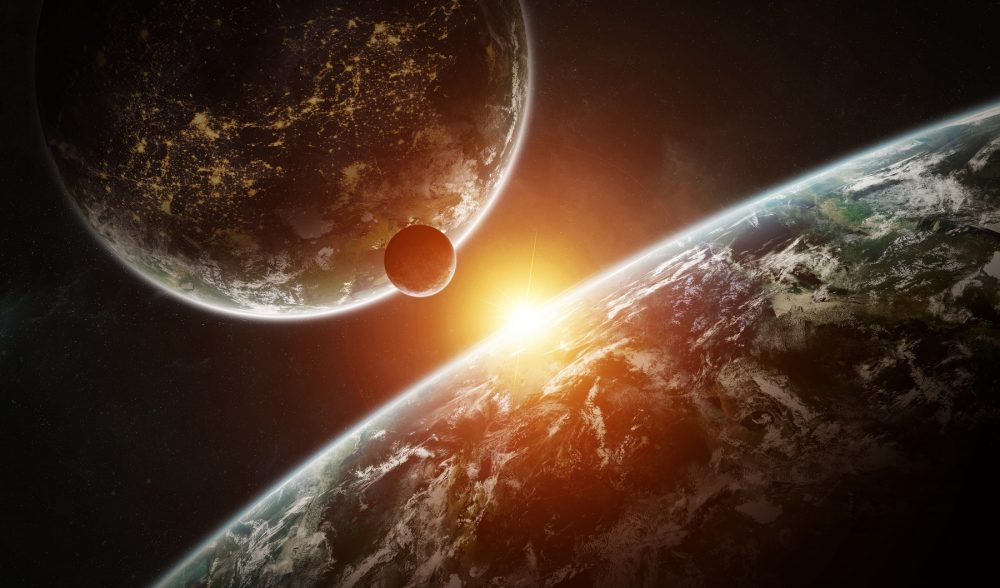A planet orbiting the star SPECULOOS-2 could be one of the most Earth-like planets astronomers have ever found.
Astronomers have so far (as of writing) confirmed the existence of a total of 5,241 alien worlds, and another 9,169 are awaiting confirmation. This is only a small fraction of the likely hundreds of billions of exoplanets in our galaxy. But the more we explore the cosmos, the more we learn. Now, a scientific paper presents conclusive evidence of the existence of an Earth-sized planet that orbits its star in the habitable zone around the star SPECULOOS-2. And while such worlds have already been found before, this world is unique. According to astronomers, the planet in question finished its formation process in the habitable zone. It could be one of the most Earth-like planets astronomers have identified to date.

SPECULOOS-2 is a system located approximately 100 light-years from Earth in the constellation Eridanus. The star is a red dwarf, one of the most abundant types of stars in the galaxy. In 2019, the Search for habitable Planets EClipsing ULtra-cOOl Stars (SPECULOOS) project started looking for planets with atmospheres that would be suitable for follow-up observations by the James Webb Space Telescope. Now, a few years later, astronomers have announced two super-Earths orbiting the habitable zone of this star. A super-Earth is a rocky planet that is larger than our world. A new study of the SPECULOOS-2 system reveals new details about the planets that orbit the star.

One of the Most Earth-Like Planets Ever Found?
Astronomers modeled the star system’s architecture and predicted an Earth-sized work orbiting the star in the habitable zone. More importantly, this world is believed to have long finished its early days of formation, which raises hopes of life having sprung into existence on its surface. The paper, published in Research Notes of the American Astronomical Society (AAS), implies that, if this world is confirmed, it could be one of the most Earth-like planets astronomers have ever found. Check out more about the star system in this video below.





